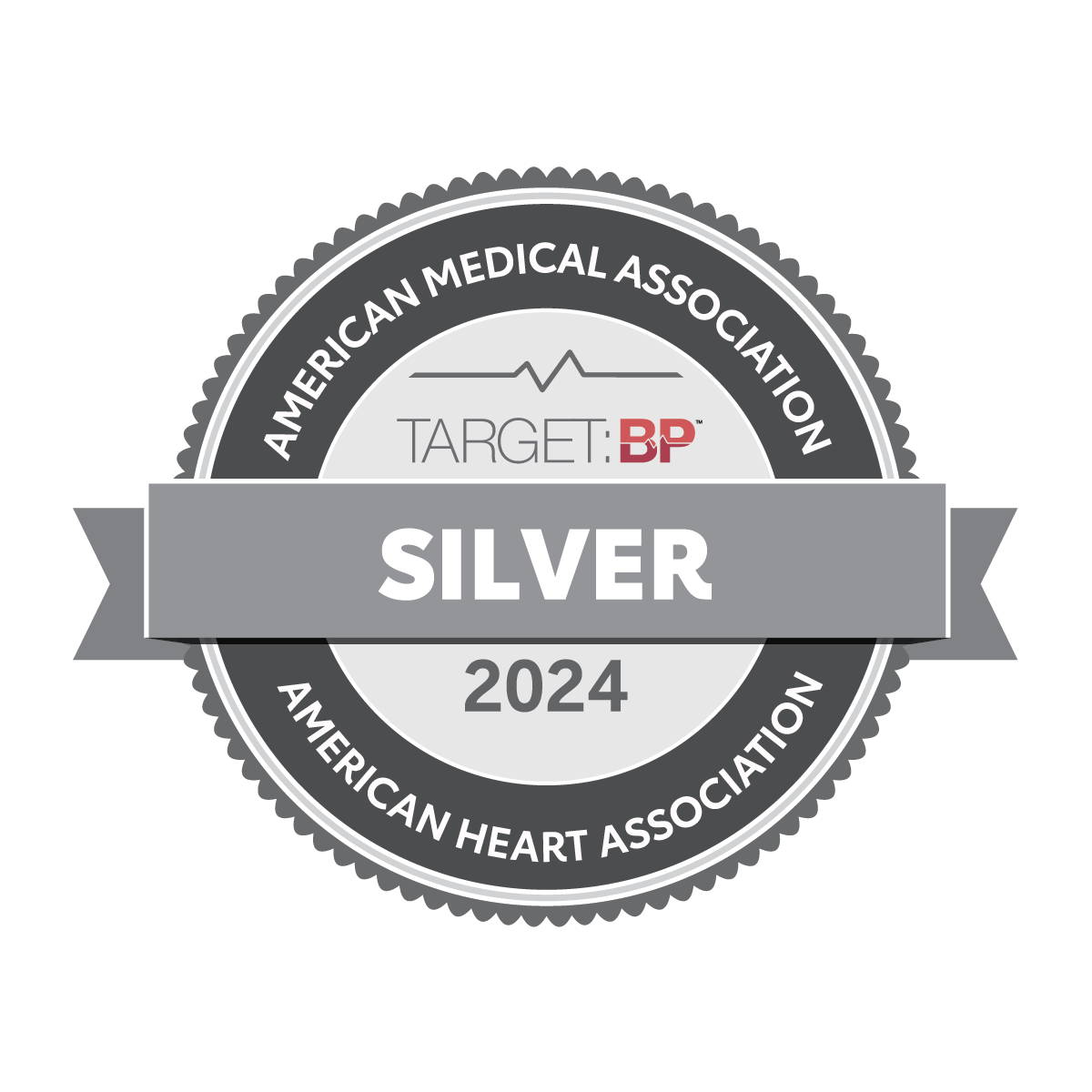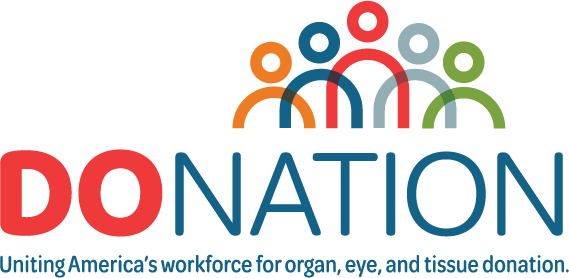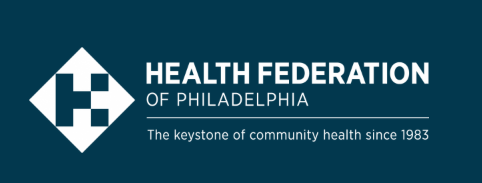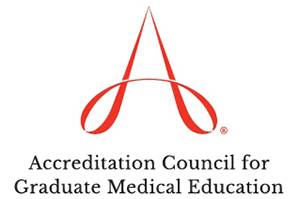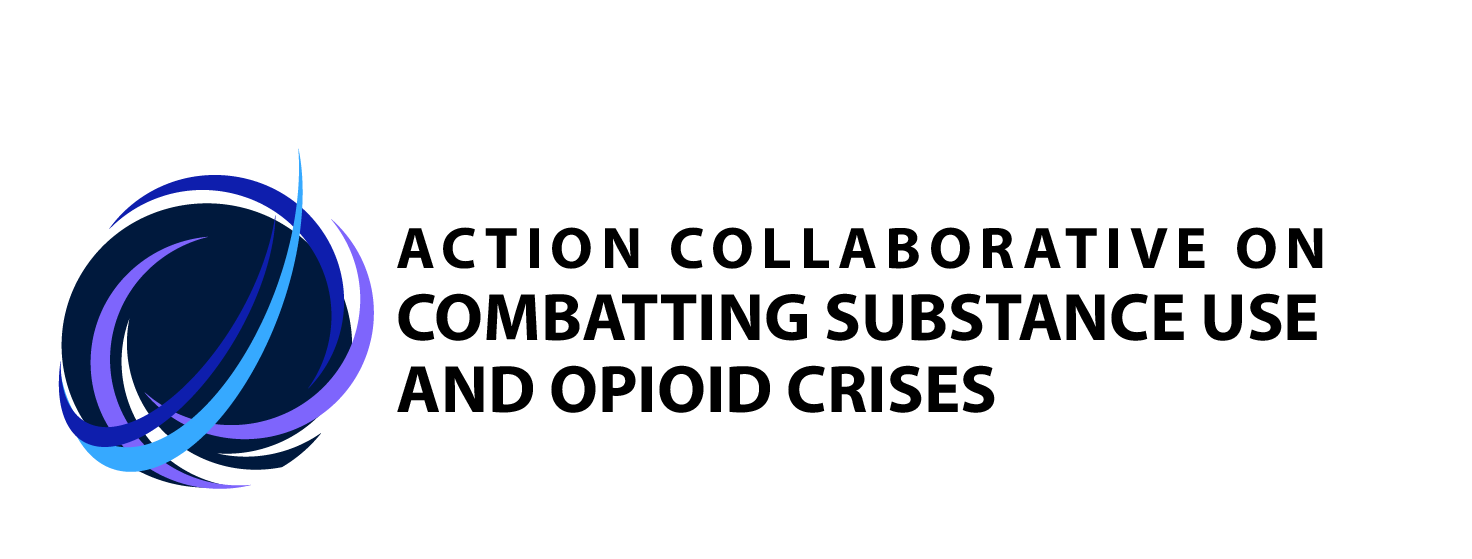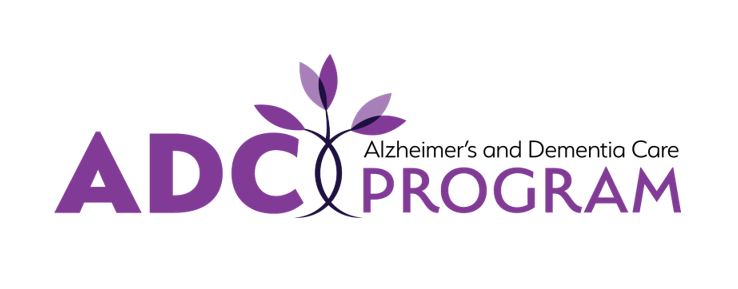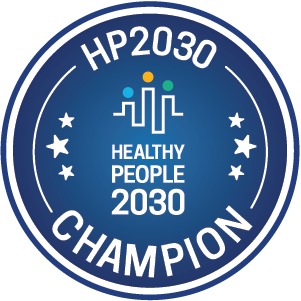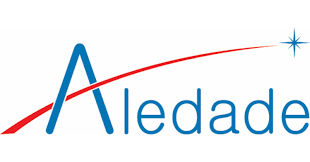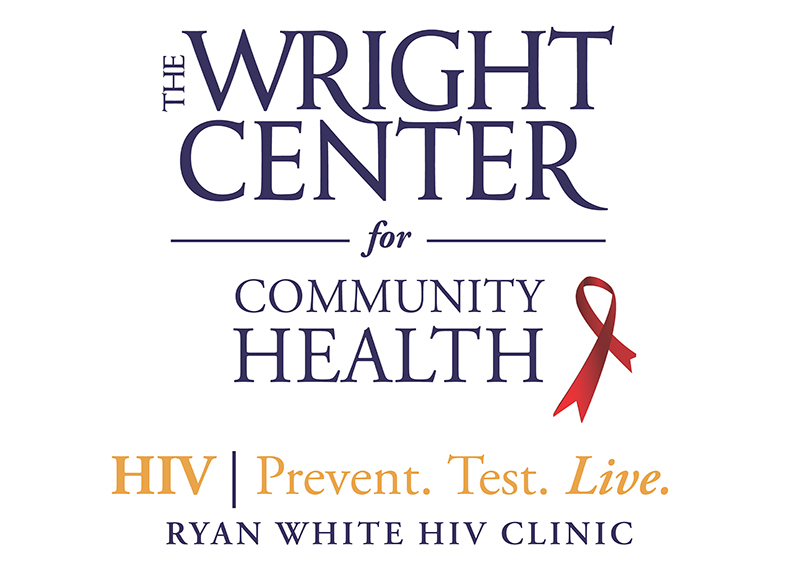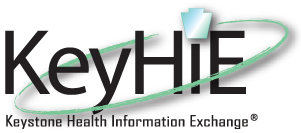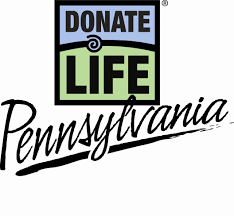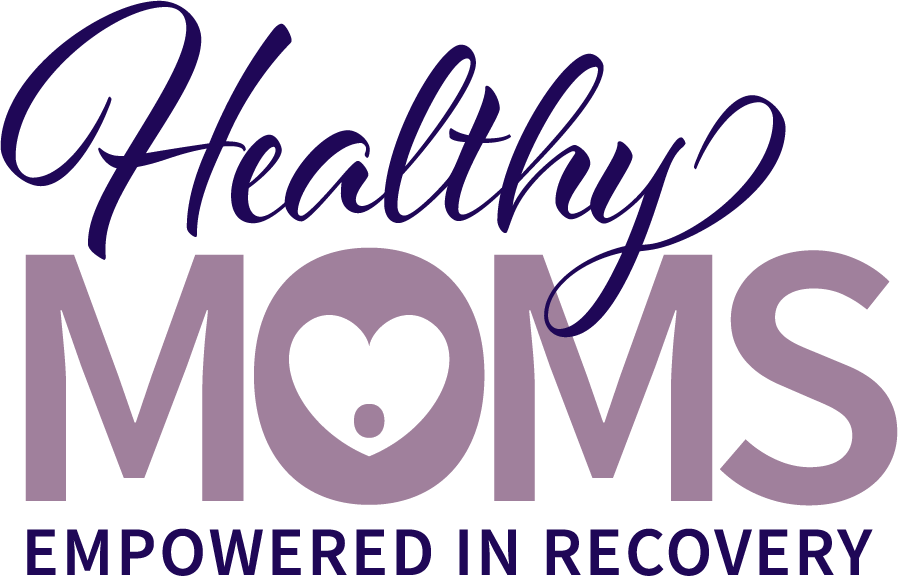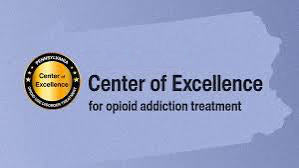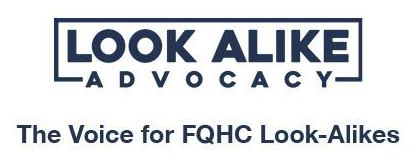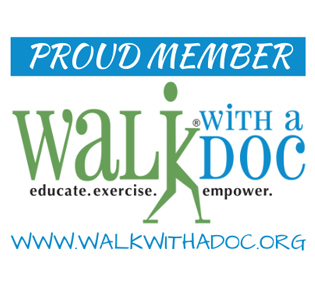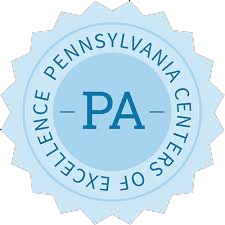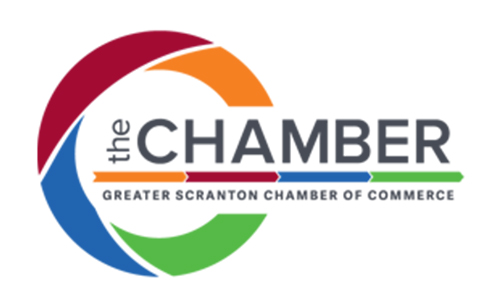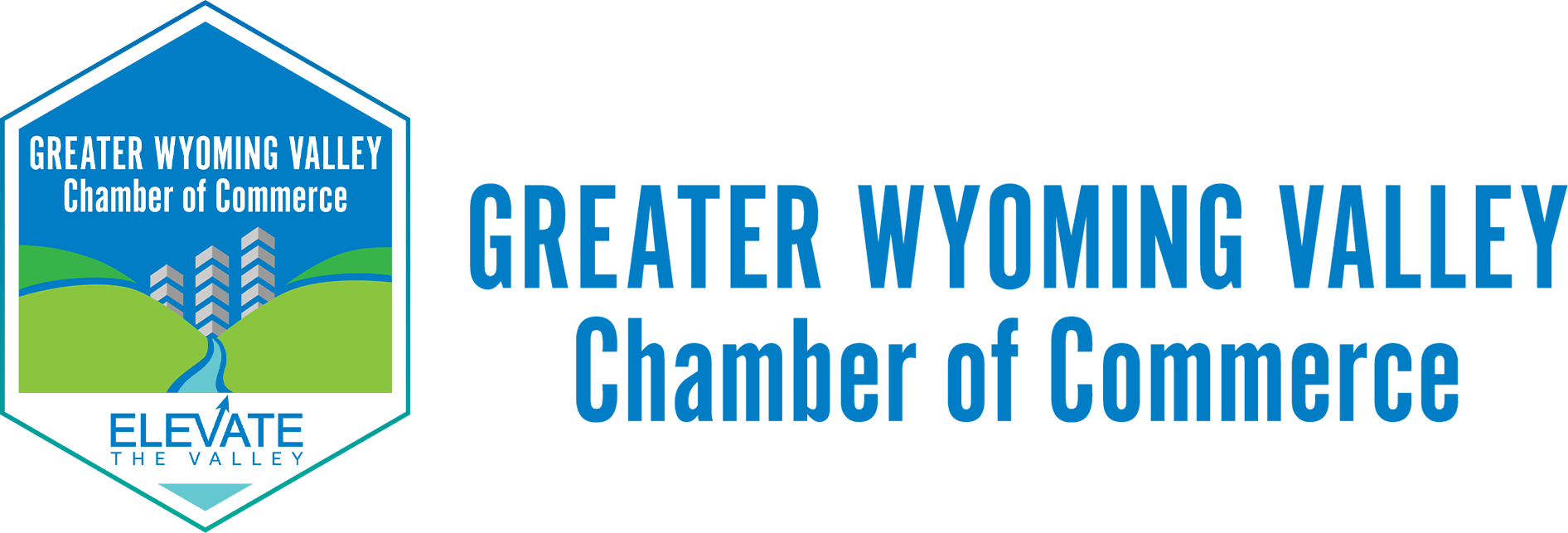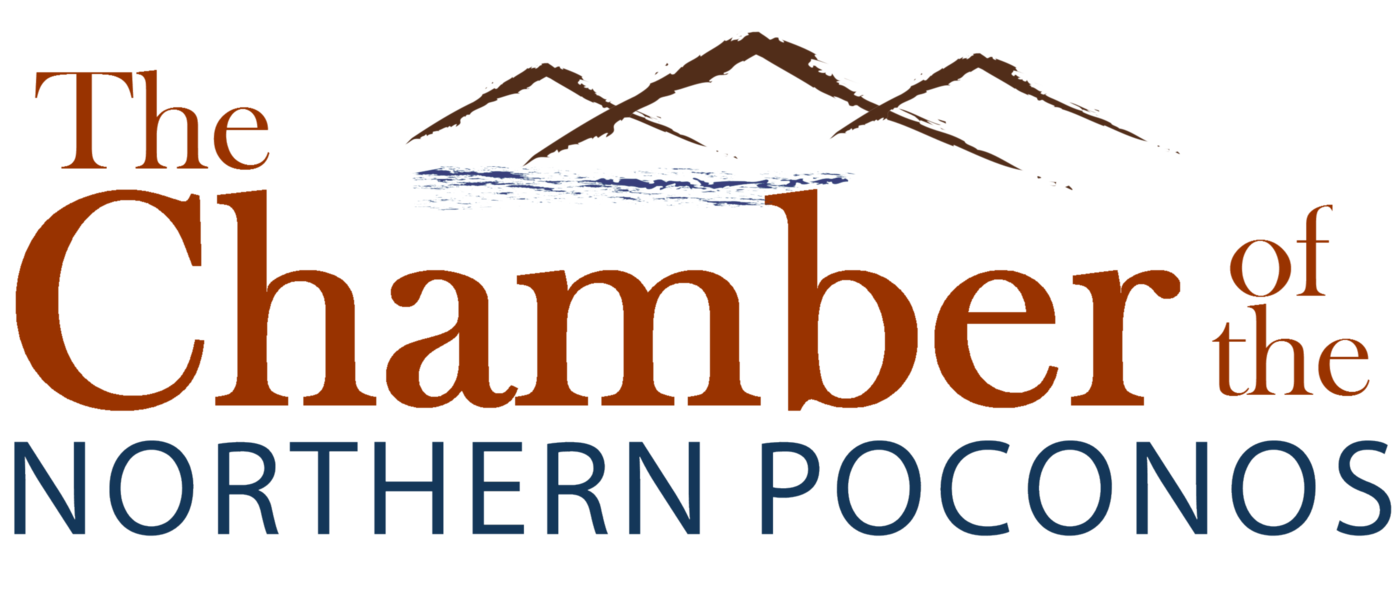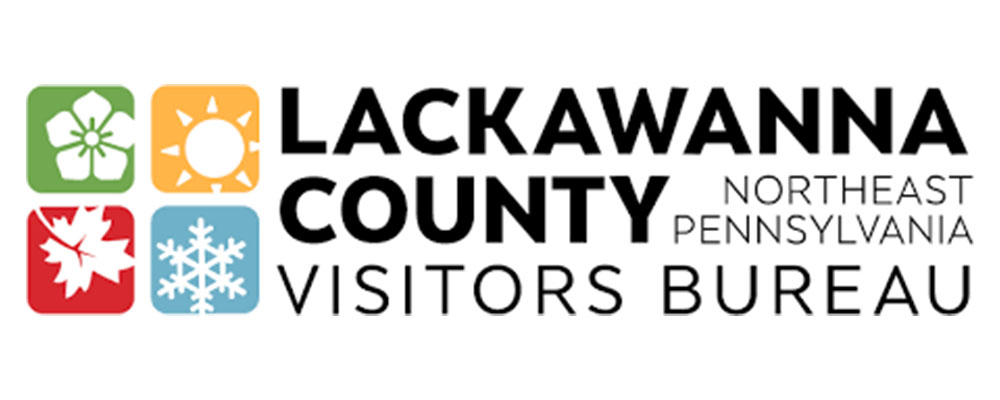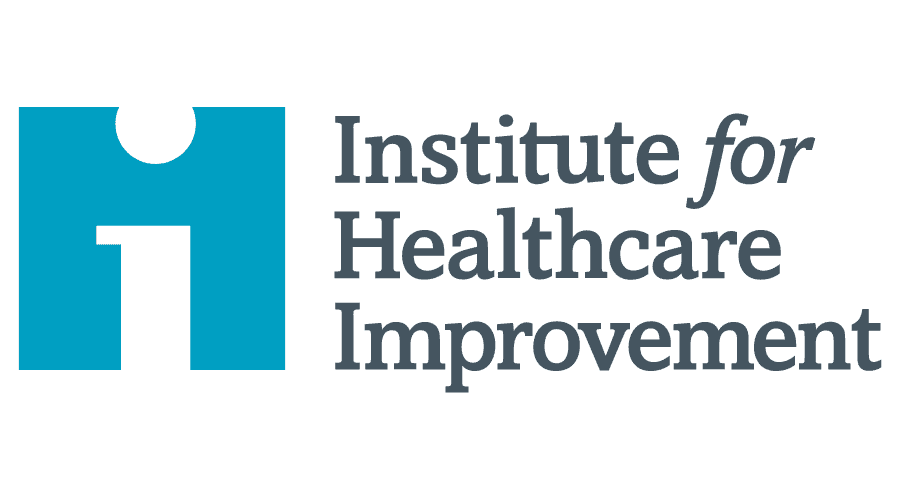Whole-Person Wellness Blog: S.E.L.F in action

Finding common ground through the S.E.L.F. framework
This month, we will focus on the Sanctuary framework known as S.E.LF. It is a trauma-informed model used to navigate issues or conflicts that individuals or organizations often face. We all come from different backgrounds and lived experiences, but in health care, we share the same goals. This tool can help us better understand each other and align our values and mission as a collective. This model is also nonlinear, so it can be used in any fashion that seems appropriate.
What does S.E.L.F stand for?
S: Safety
E: Emotions
L: Loss
F: Future
We can even use the S.E.L.F. model to check in with our colleagues, our loved ones, and ourselves. It all starts with curiosity. Where do we want to be? What might we have to change or understand to truly move forward in the future?
Safety is first and foremost. This includes physical, psychological, social, and moral aspects. Examples include setting boundaries, reaching out for help, supporting the safety of others, and engaging in self-care.
I sometimes find it challenging to set boundaries and ask for help when I feel unsafe. We are conditioned to be hyper-independent and to always say “yes” enthusiastically in our society.
It is also sometimes hard for us to feel the difference between being uncomfortable and being unsafe. People with unhealed trauma often cannot tell the difference, and it causes them to have a trauma reaction. Much of growth in life comes from being uncomfortable; acorns cannot stay small if the oak tree is to grow. We can take small steps every day to prioritize our sense of safety without compromising our opportunity to grow.
What are ways you can put yourself and your needs forward today?
Emotions are an integral part of everyday life, and can be difficult to manage at times. We might suppress, overreact, or run away from our emotions, which can cause concern or re-enactments with colleagues and loved ones. Striving to utilize our self-care and safety plans can help regulate feelings, especially when someone is feeling stressed or overwhelmed.
Check in with yourself right now. What are you feeling? Get as specific as possible.
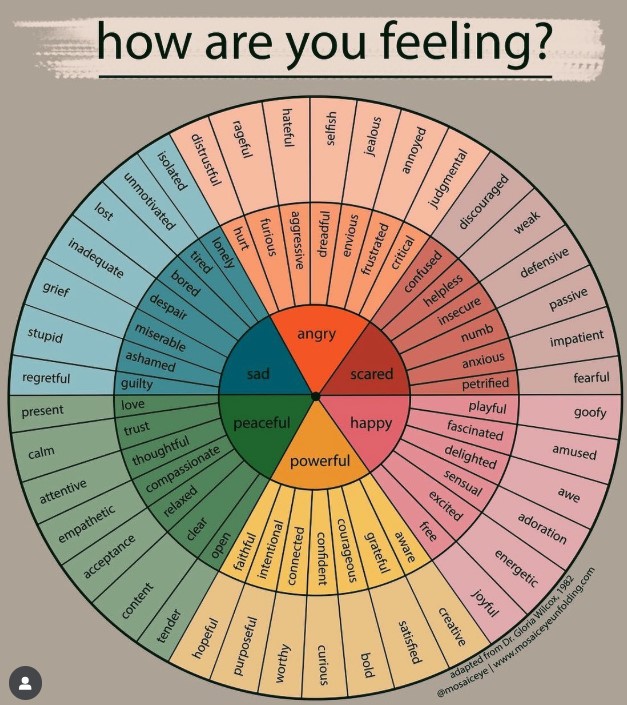
With every change – good or bad – comes loss. I recently became a mother after suffering from a miscarriage a year prior. In a short period, I went from despair and sadness to joy and elation. Through the birth of my baby, my life completely changed; the life I had was lost, while an amazing new life was born.
As we know, working in health care is ever-changing and can be frustrating at times as we cope with changes that can affect the work habits we’ve built over time.
Can you think of a recent change or loss you experienced lately? What emotions arose from this change? How did you engage with the change? What could have gone differently?
As we gain a deeper understanding of our sense of safety, our emotions, and the changes we undergo, it grounds us to focus on our future.
Reflect on your future, both personally and professionally. So much is possible when we use our imagination, innovation, creativity, and open communication.
What is our goal here? What are we trying to accomplish?
A professional example of S.E.L.F could be opening a new clinic location. This increase in access to care is a positive change. It also creates additional jobs in our service area and access to resources for community members.
However, opening a new location can also create tension and evoke strong emotions among staff, as it pulls them in different directions with coverage needs, unexpected challenges, and often changes in staff structure and leadership. This can raise questions about safety. However, the emotions experienced, while valid, are frequently feelings of discomfort rather than actual safety concerns, which are temporary until the clinic is open and fully staffed.
To practice S.E.L.F, we must think about how to identify and validate the feelings and concerns that are present for all who are impacted by the change, acknowledge and process the loss(es), and identify our hopes for the future and the path to get there in a way that is promoting safety for everyone while keeping discomfort to a minimum.
To discuss this topic further, join us for a Whole Person Wellness workshop on Oct. 16 at noon. As always, if you need support or resources, please contact the wellness team at [email protected].
You are vital and important!
Thank you from the Whole-Person Wellness Team!
Meaghan Ruddy, Ph.D., Senior Vice President of Enterprise Wellness and Resiliency, Assessment and Advancement, and Chief Strategic Research and Development Officer
Shannon Osborne, Manager, Enterprise Trauma-Competent Wellness Initiatives
Allison LaRussa, B.A, RYT, CPS, Associate Vice President of Health and Wellness
